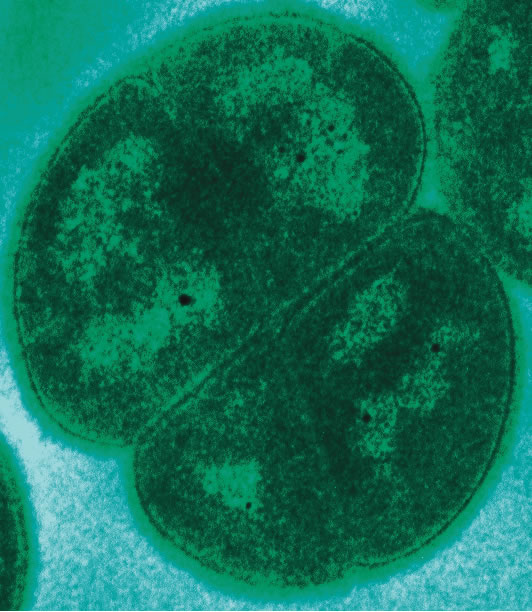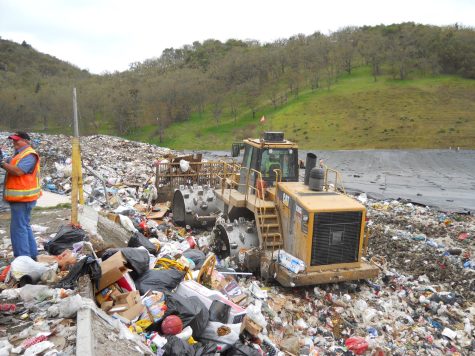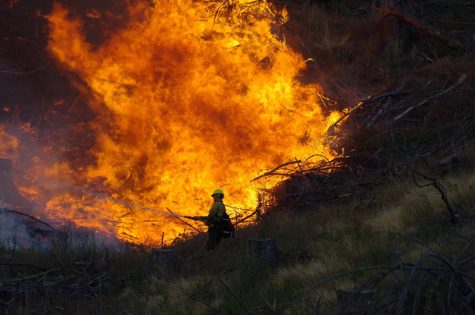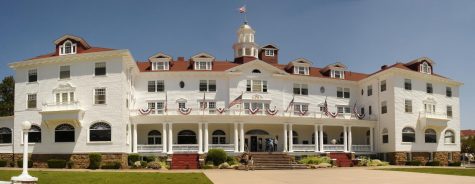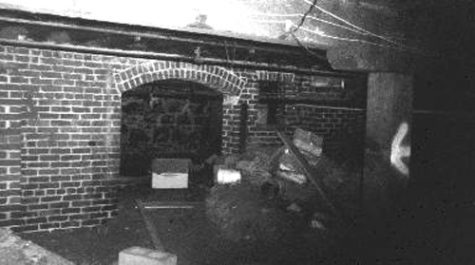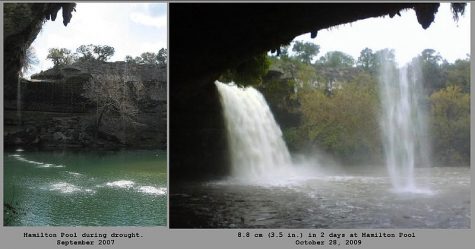Deinococcus Radiodurans Bacterium
January 19, 2018
Deinococcus radiodurans is an extremophilic bacterium, they can survive cold, dehydration, vacuum, and acid. It is known as polyextremophile and is listed as the world’s toughest bacterium in The Guinness Book Of World Records.
It was discovered in 1956 by Arthur W. Anderson at the Oregon Agricultural Experiment Station at Corvallis, Oregon. Experiments were being done on canned food to be determined if it could be sterilized by high doses of gamma radiation, a tin of meat was exposed to a dose of radiation that was thought to kill all lifeforms, the meat spoiled, and the bacterium was isolated. It was nicknamed Conan the Bacterium, after looking at the ribosomal RNA and other evidence, it was placed in its own genus Dienococcus, which is closely related to the genus Thermus.
Deinococcus is rather large, spherical bacterium, with a diameter of 1.5 to 3.5 micrsometeres, it is four cells normally stuck together, tetrad. The bacteria do not cause disease, under controlled growth conditions, cells of dimer, tetramer, and even multimer morphologies can be obtained. Colonies are smooth, convex, and pink to red in color, although its cell envelope is unusual and is reminiscent of the cell walls of Gram negative bacteria. It is extremely resistant to ionizing radiation, ultraviolet light, desiccation, and oxidizing and electrophilic agents.
Deinococcus radiodurans is a very interesting extremophilic bacterium, and very tough. It has very interesting facts like it was discovered in Oregon and by Arthur. That is facts adout the Deinocoocus radiodurans the toughest bacterium in the world.
(“Deinococcus Radiodurans.” Wikipedia, Wikimedia Foundation, 3 Jan. 2018, en.wikipedia.org/wiki/Deinococcus_radiodurans.)

